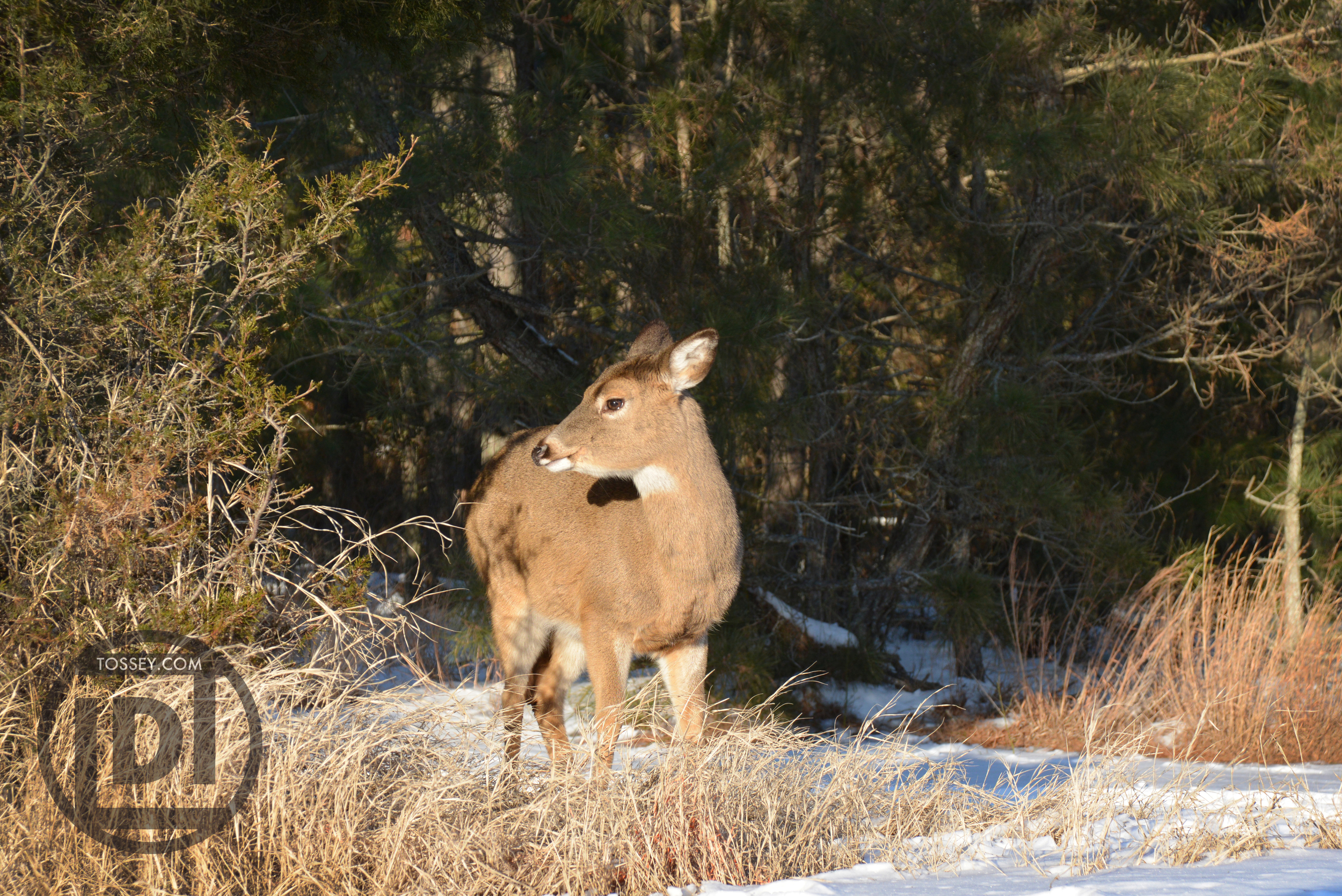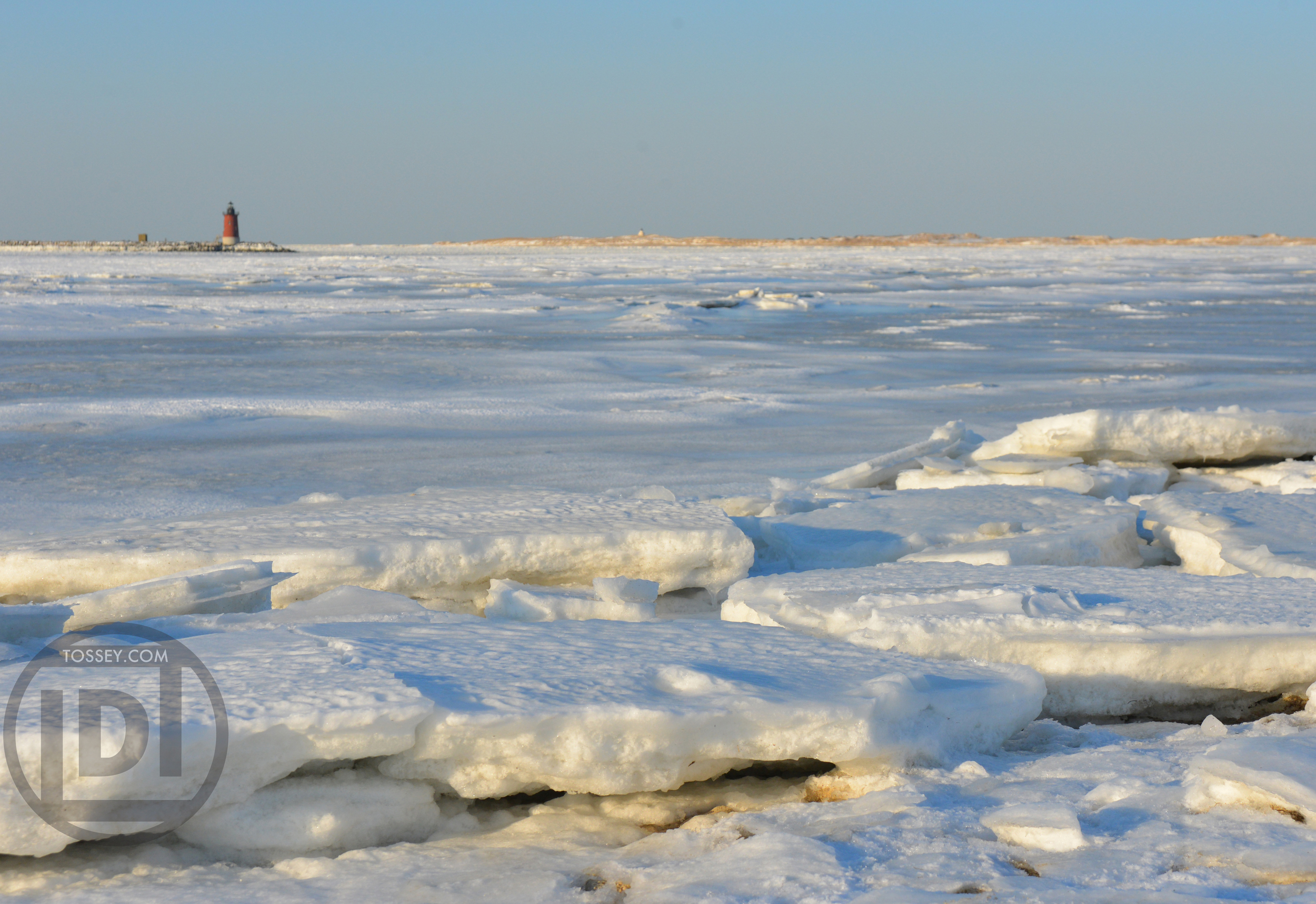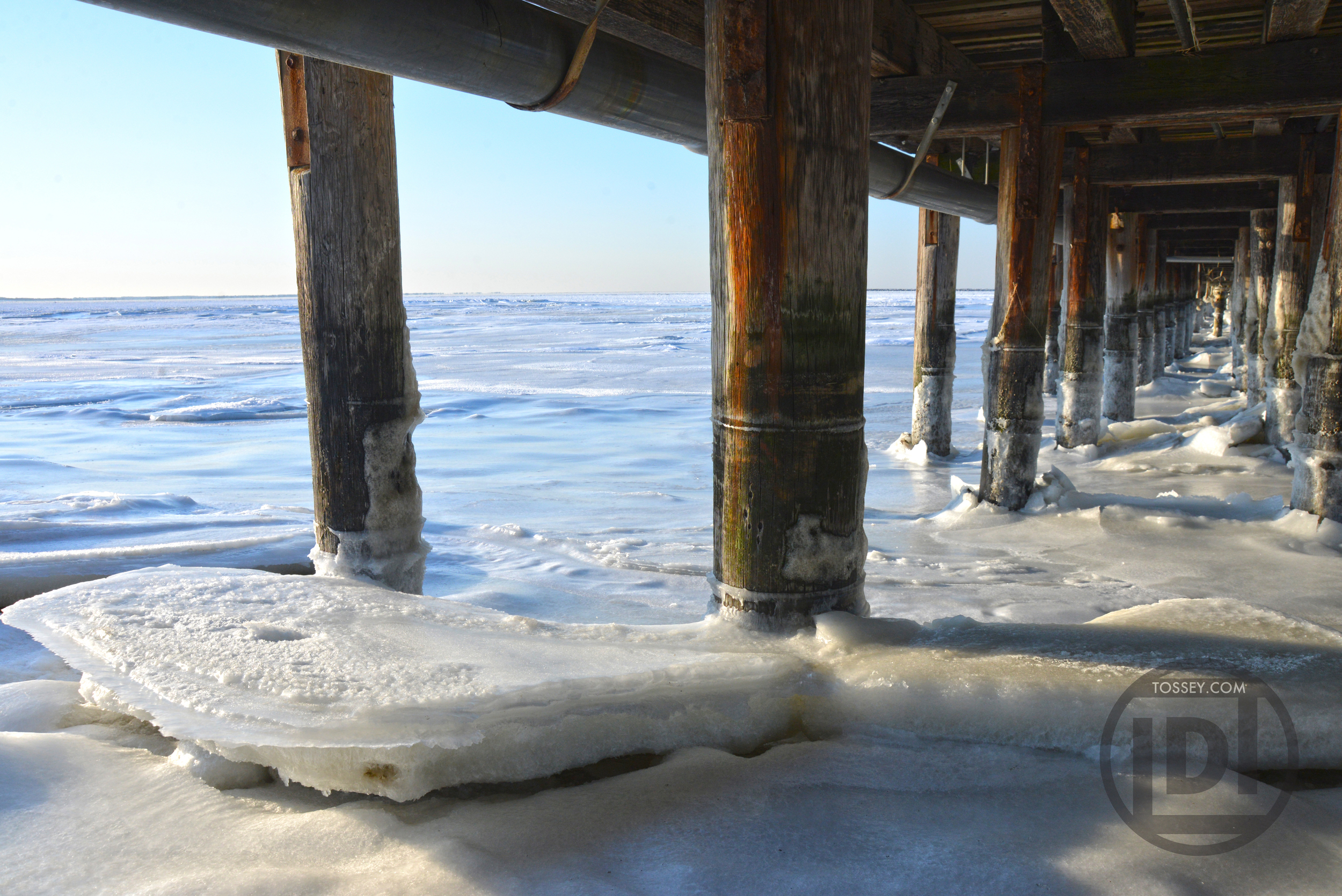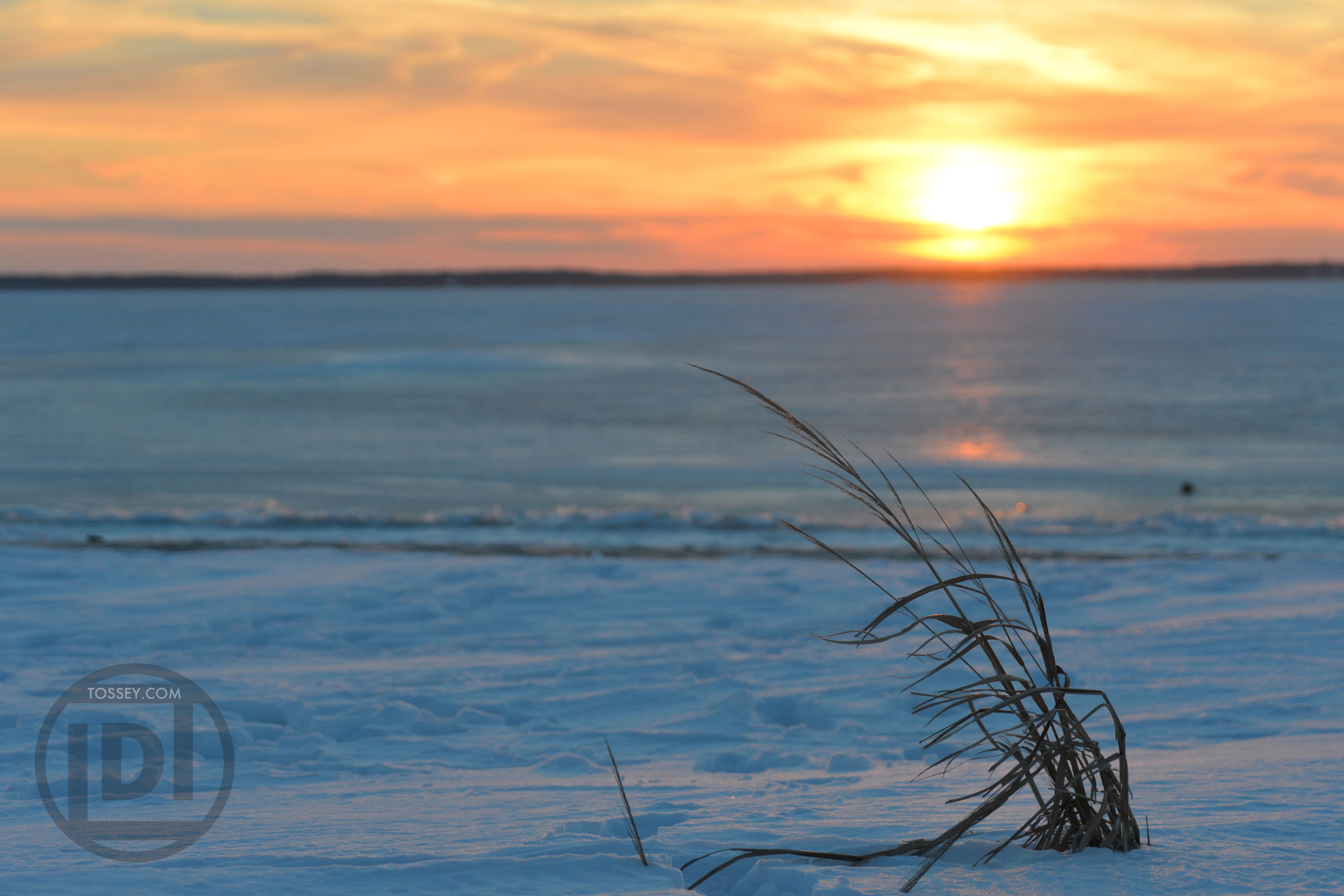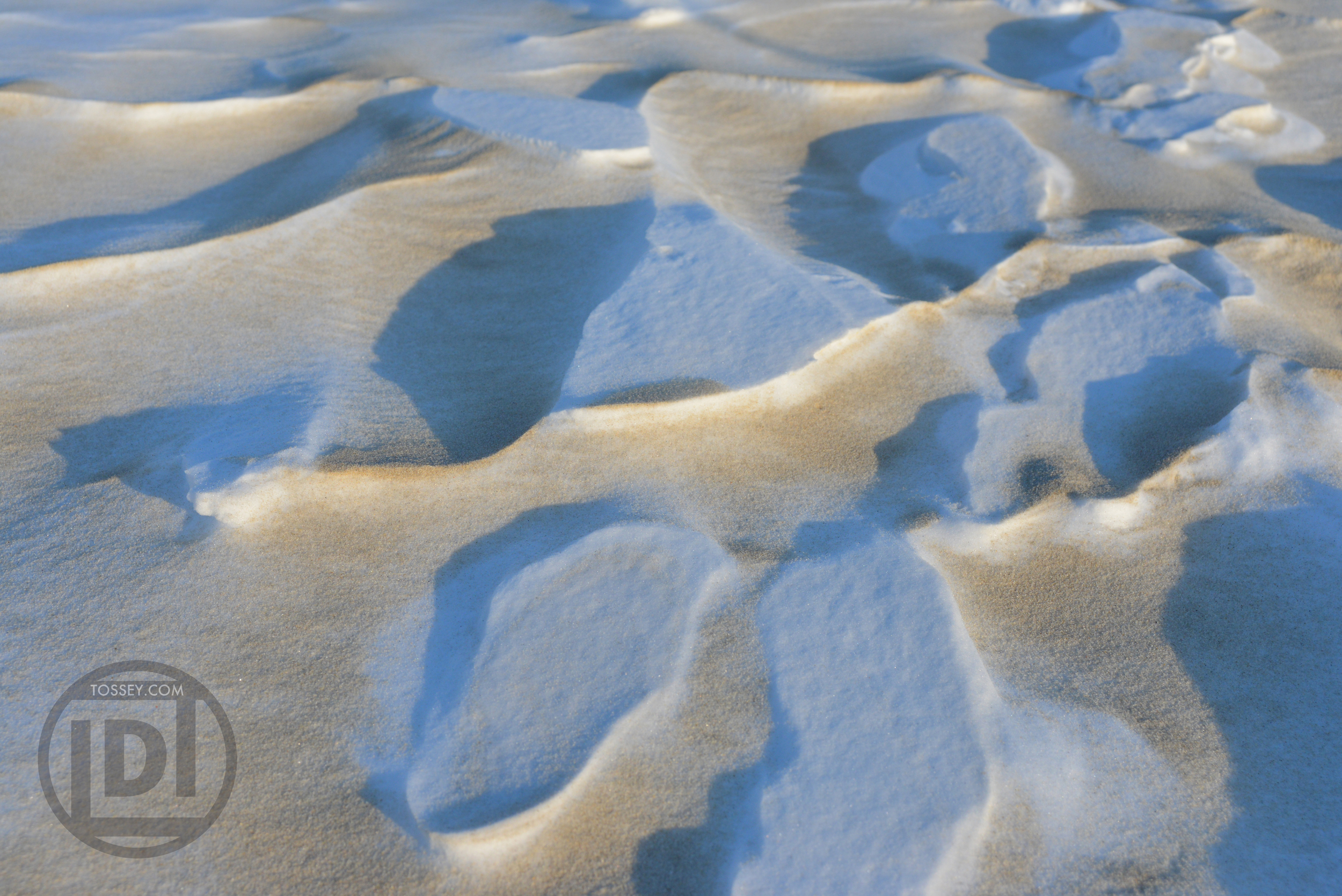The COVID-19 pandemic has brought a host of challenges to our communications team - from suddenly going to remote work and being limited to virtual interactions, to being unable to go into the field to conduct interviews or collect photos and video. But we still had work to do, and publications to put out, so like everyone else struggling to figure things out, we considered our options and got creative.
Our regular magazine, Chesapeake Quarterly, has always been a print product, but we had recently tried a different approach: a fully online issue built on the ArcGIS StoryMaps platform. This platform allows for the integration of graphics, audio, video, and maps into stories, resulting in beautiful, engaging pieces. We were fortunate to have had that online issue under our belts during the “before times,” and knew it would be a solid approach for another issue we were planning.
The upcoming issue was to focus on work done by Black Marylanders on the Chesapeake Bay and included a great deal of archival materials, including photos, newspaper clippings, maps, and ticket stubs. Being able to highlight these materials in such visually-friendly way was key, so we pivoted the issue to the StoryMaps format as well. It would give stories more space than the print version, so we could provide more details and imagery, we could all work on them simultaneously virtually, and we wouldn’t have to stress about not being able to do in-person press checks, or if subscribers would be wary of receiving print copies in the mail due to uncertainties about COVID-19.
As the issue came together, we had a wealth of materials to illustrate the older stories, but still needed imagery for a story focusing on Black headboat captains who currently operate on the Bay. We were close to wrapping up the issue, and were now seven months into the pandemic, so guidelines were constantly evolving. I was able to get permission to go out and shoot a couple of the headboat captains as they prepared to leave on a day trip, as long as I followed strict guidelines, which included staying masked and keeping a distance of 10 feet from others at all times.
It was a challenge — especially since I had a short window of time from daybreak to 7 a.m., when they departed from the docks. The boat was about 90 miles from me, so I rose at 4 a.m., with my husband in tow, to get up there and make a gameplan. I was able to scope out the area a bit using Google Maps, and had a rough idea of the area, but wasn’t sure where the boat would arrive and dock. My goal was to get a wide variety of material to help bring the story to life, so we set up a GoPro to capture a timelapse of the boat’s preparation, a tripod with the video camera to capture high resolution B-roll, and a Nikon Z5 for still images as well as additional B-roll.
On site I used a variety of cameras to capture as much as I could, while socially distanced, in a short time. A GoPro (attached to the back of the bench with a GorillaPod in the foreground) captured a time lapse of the boat’s preparation, while I used a video camera on a tripod and a handheld mirrorless DSLR to collect B-roll and stills.
It was stressful, and chaotic, but worth the effort. Here is a resulting video from the shoot that morning, which was paired with audio from a Zoom interview. The time lapse and a few of the still photos can be seen in the full StoryMap.
Explore the full issue below!









